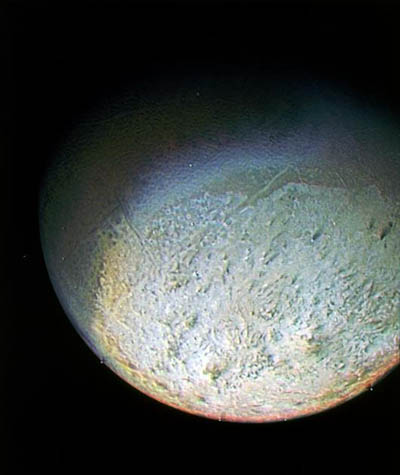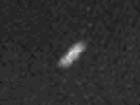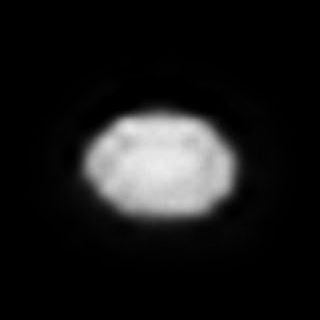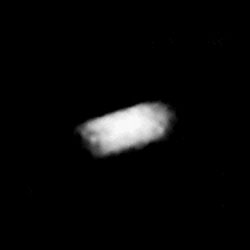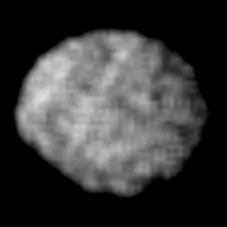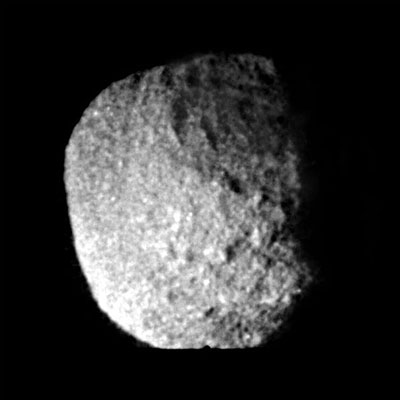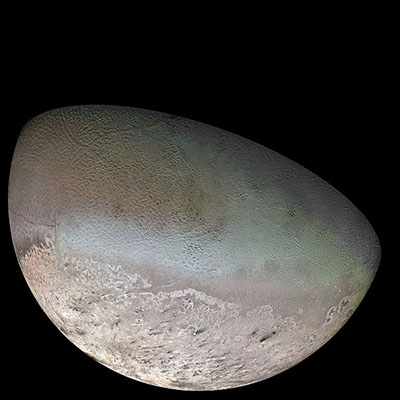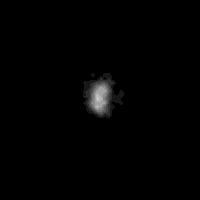Neptune Moons
William Lassell was one of 19th century England's grand amateur astronomers, using the fortune he made in the brewery business to finance his telescopes. He spotted Triton on October 10, 1846 - just 17 days after a Berlin observatory discovered Neptune.
Curiously, a week before he found the satellite, Lassell thought he saw a ring around the planet. That turned out to be a distortion caused by his telescope. But when NASA's Voyager 2 visited Neptune in 1989, it revealed that the gas giant does have rings, though they're far too faint for Lassell to have seen.
Since Neptune was named for the Roman god of the sea, its moons were named for various lesser sea gods and nymphs in Greek mythology.
Triton (not to be confused with Saturn's moon, Titan), is far and away the largest of Neptune's satellites. Dutch-American astronomer Gerard Kuiper (for whom the Kuiper Belt was named) found Neptune's third-largest moon, Neried, in 1949. He missed Proteus, the second-largest, because it's too dark and too close to Neptune for telescopes of that era. That slightly non-spherical moon is thought to be right at the limit of how massive an object can be before its gravity pulls it into a sphere.
Proteus and five other moons had to wait for Voyager 2 to make themselves known. All six are among the darker objects found in the solar system. Astronomers using improved ground-based telescopes found five more satellites in 2002 and 2003, bringing the known confirmed total to 13, and one to confirm at 2014.
Voyager 2 revealed fascinating details about Triton. Part of its surface resembles the rind of a cantaloupe. Ice volcanoes spout what is probably a mixture of liquid nitrogen, methane, and dust, which instantly freezes and then snows back down to the surface. One Voyager 2 image shows a frosty plume shooting 8 km (5 miles) into the sky and drifting 140 km (87 miles) downwind.
Triton's icy surface reflects so much of what little sunlight reaches it that the moon is one of the coldest objects in the solar system, about -240°C (-400°F).
It's the only large moon in the solar system that circles its planet in a direction opposite to the planet's rotation (a retrograde orbit), which suggests that it may once have been an independent object that Neptune captured. The disruptive effect this would have had on other satellites could help to explain why Nereid has the most eccentric orbit of any known moon - it's almost seven times as far from Neptune at one end of its orbit as at the other end.
Neptune's gravity acts as a drag on the counter-orbiting Triton, slowing it down and making it drop closer and closer to the planet. Millions of years from now, Triton will come close enough for gravitational forces to break it apart - possibly forming a ring around Neptune bright enough for Lassell to have seen.

